Study analyzes cellular structures in the female gonads to identify reproductive processes and evaluate the effectiveness of current fishery management practices
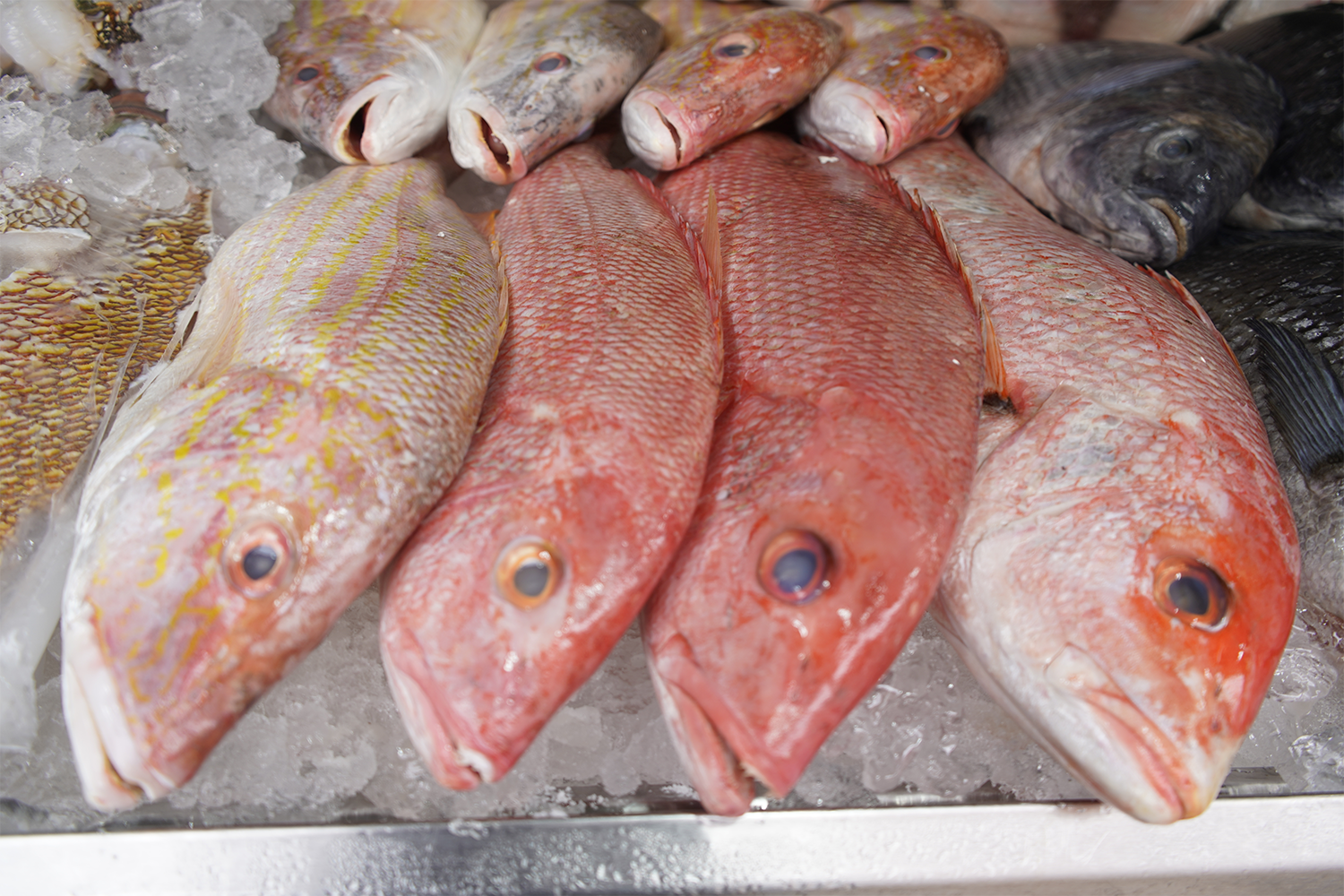
Since the 1960s, stocks of the southern red snapper (Lutjanus purpureus) have been exploited intensively on Brazil’s northern continental shelf. Around 75 percent of the catch is destined for export, and because this species commands a high price as an export commodity, catches are often underreported, and monitoring is unreliable. Despite this long history of exploitation, the social, ecological, and economic aspects of this fishery are still poorly understood.
For exports, there is a preference for smaller, immature juveniles under 900 grams in weight.
This fondness for smaller individuals and their high prices drive interest in this fishery, and it has been estimated that the number of clandestine vessels operating in the region is even larger than for the licensed ones. This demand appears to be driving growth overfishing, which occurs when large quantities of individuals smaller than the size of first sexual maturity are harvested, as shown by data collected from the fishing ports at which the catches are landed.
The analysis of reproductive patterns can provide fundamental insights for the conservation and management of fish stocks. One important stage of oocyte (immature egg cell) development is the follicular body or postovulatory follicle (POF) of the follicular cells that arise from the empty follicles following spawning. The identification of POFs is fundamental to confirm the effective periods of spawning, which is essential for the effective management of commercial fisheries, especially in the case of high-value species, such as L. purpureus.
Given the lack of studies that have focused on the reproductive patterns of L. purpureus, and the urgent need for effective management measures for the stocks of this species, especially considering the commercial focus on the smaller individuals, the present study was conducted to provide new insights into its reproductive parameters. Our study is based on recent biological data, which indicate certain shifts in these characteristics, in comparison with previous studies.
This article – summarized from the original publication (Pinheiro, L. da Costa et al. 2024. Recent Findings on Spawning Patterns and Recommendations for the Fishery Management of the Southern Red Snapper–Lutjanus purpureus (Poey, 1866) – On the Amazon Continental Shelf of Brazil. Fishes 2024, 9(4), 136) – presents the results of a study that identified the reproductive period of L. purpureus based on the microscopic analysis of the principal cell structures involved in the spawning process, which can be used to manage stocks of this species.
Study setup
The specimens analyzed here were collected by the commercial fishing fleet operating on the Amazon continental shelf an area that stretches along the coast of northern Brazil, between Cabo Orange, in the state of Amapá and São Marcos Bay in the state of Maranhão (Fig. 1). The study was based on the analysis of cellular structures in the female gonads (formation of oocytes and other reproductive tissues) to identify reproductive processes and evaluate the effectiveness of current fishery management practices.
Gonad samples were collected, processed and examined macroscopically to determine their maturation stage, based on the scale proposed by other authors. Each specimen was thus assigned to one of three (in the males) or four (females) classes as follows: IMM (immature), DEV (developing, not applied to the males), SPW (spawning capable), or REG (regressing or regenerating).
For detailed information on sample collection, processing and analyses; and data and statistical analyses, refer to the original publication.
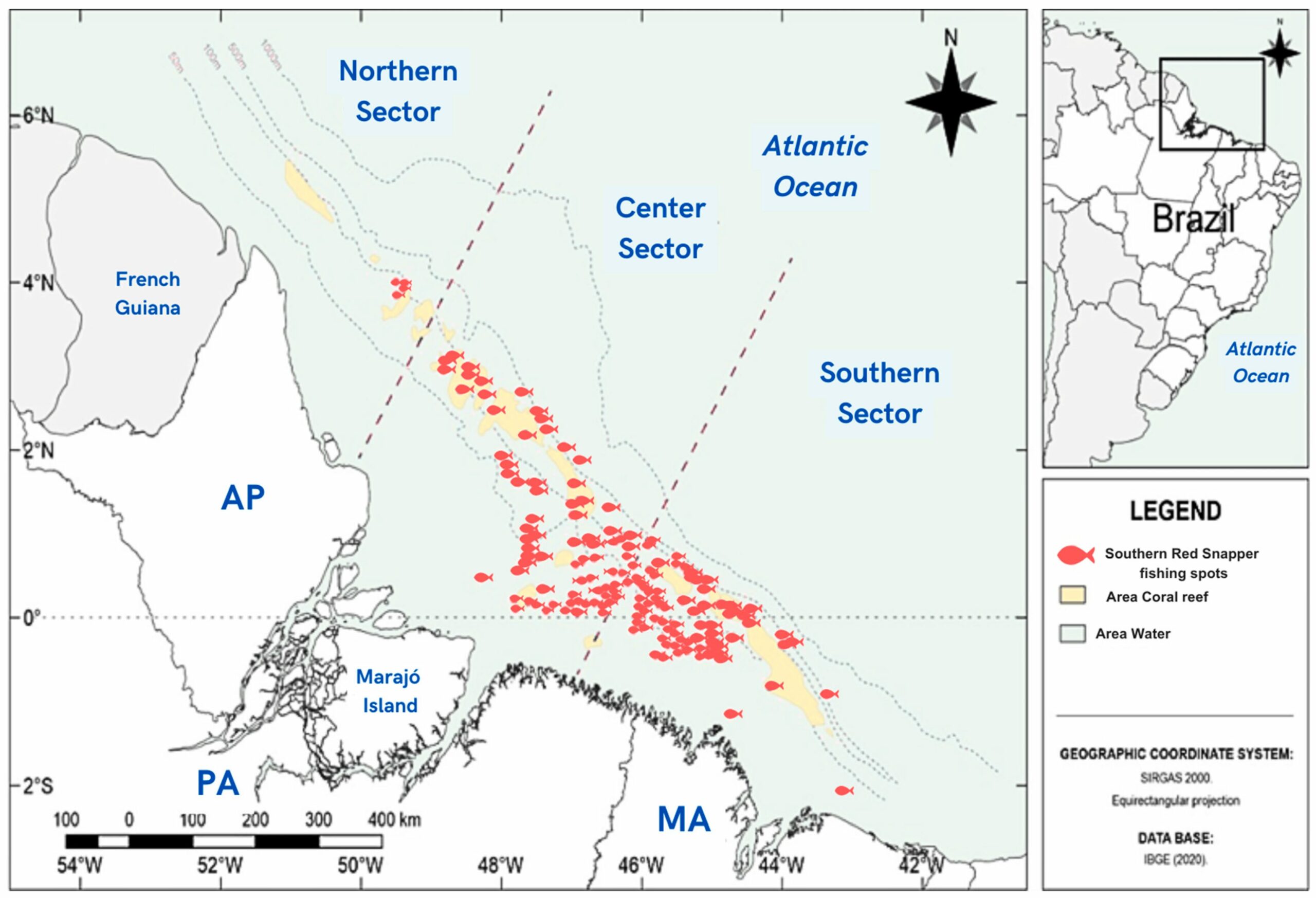
Results and discussion
The current scenario of the L. purpureus stocks on the Amazon continental shelf reflects ineffective attempts at management derived from the unique characteristics of the region, the reduced potential for law enforcement, and the frequent opportunities for corrupt actions in the commercial exploitation of snapper stocks. This is not only a threat to the sustainability of these stocks, but also a potential generator of poverty in the region. The migration of the snapper fishing fleet from northeastern Brazil to the Amazon continental shelf has resulted in a major increase in the pressure on the L. purpureus stocks in this region.
The confirmation of the occurrence of reproductive processes in L. purpureus during months outside the closed season is of critical importance for the understanding of the life history of the species and its potential adaptability to changes in environmental conditions. Despite the limitations of the present study, which was restricted to the official fishing season, the identification of the reproductive continuity of L. purpureus was extremely important because we determined it extends beyond the legally sanctioned closed season (December through April).
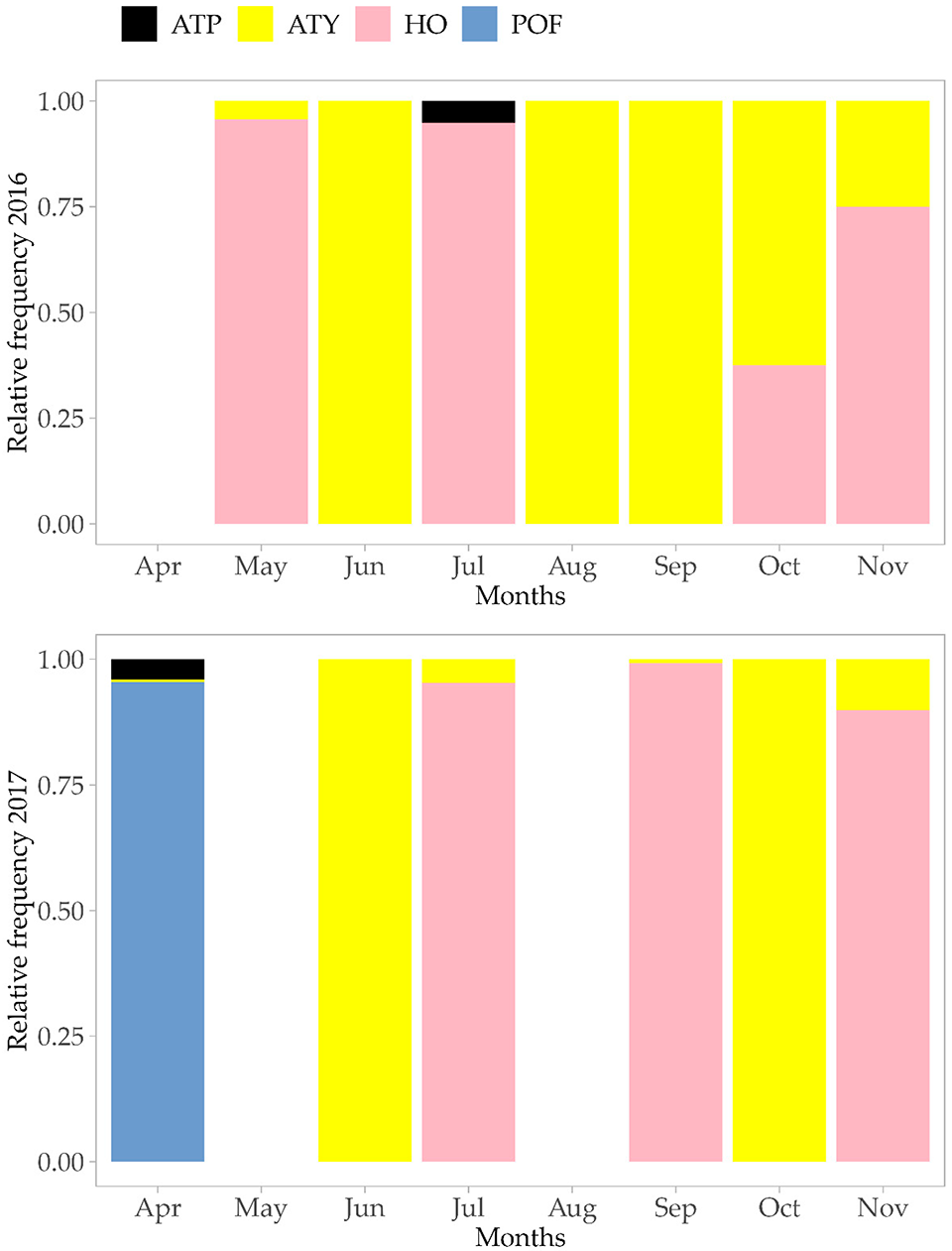
This emphasizes the need for the integration of alternative approaches for the more reliable assessment of the reproductive dynamics of snappers, given the imminent risk of the collapse of fisheries through the accumulation of both historic and more recent overfishing events in traditional fishing countries, such as China and Indonesia. Better controls of the fleets, in particular clandestine operations, would be one potentially effective option, given the irresponsible behavior of these actors, despite legal restrictions, such as the tracking of boats larger than 15 m and annual licensing.
Energetic adjustments that optimize reproductive processes to ensure the continuity of a population appear to be relatively common biological phenomenon in species faced with intense pressure from fisheries. Recently, an applicable mathematical model of productivity “enhancement” has been proposed, based on the predator (fishery)–prey relationship. And an additional factor is climate change, especially relevant in the case of L. purpureus, which is associated with coral reefs, habitats known to be impacted profoundly by increasing temperatures.
The highest percentage of hydrated oocytes (HOs), which indicate imminent spawning, was recorded in July in specimens in the 42 cm total length class, even though HOs are found in fish as small as 38 cm. In the present study, the POFs also decreased in size with increasing fish body length, which may reflect a reduction in the reproductive capacity of older individuals, as observed in other bony fish.
In addition to the difficulties of detecting cellular ultrastructures in tropical environments due to rapid changes in the high temperatures, multiple spawning patterns (common in L. purpureus and several other snapper species) and asynchronous (not all occurring at the same time) oocyte development in the mature females indicate the production of multiple batches of eggs during the spawning period. Snappers typically spawn in reproductive aggregations, which can be monitored and mapped by divers or underwater camera systems, or through the analysis of the variation in catches.
Extensive breeding periods are common in many tropical fish species, and the recognition of the spawning period as a critical moment in the life cycle of these species should be a fundamental consideration in the development of public fishery policies. In the present study, the identification of the POFs and HOs indicates the need for a reappraisal of current regulations, given that a reproductive peak was found in the month of July, in the middle of the official fishing season, threatening stock recruitment. The more effective monitoring and control of illegal fishing should also be a priority, given that losses may be far greater than those estimated in the most recent estimates.
Because the present study recorded individuals that were able to reproduce below the threshold established for the species, and during the official fishing season, it would be relevant to consider the implementation of new regulations to protect the breeding stock, such as the use of more selective fish traps. The availability of updated data on reproductive rates is a major contribution to the control of impacts on fishery stocks.
Current fishing practices are having damaging effects on the L. purpureus stocks of the Amazon continental shelf, reducing their potential for recruitment and their long-term survival. Because the snapper fishery is very socially significant in the region, the vulnerability of this activity to illegal and unsustainable practices must also be carefully considered. Further research, with more extensive sampling that also covers the closed season, will be needed to provide realistic estimates of current stocks.
Sustainability status of data-limited fisheries: Global challenges for snapper and grouper
Perspectives
In this study, spawning structures (POFs) were found in L. purpureus specimens in months outside the closed season, indicating that the species may be reproducing during the fishing season, when there are no controls on catches.
Better controls of the flow of raw materials in the fishing industry, associated with the more systematic use of already required logbooks may also limit the potential for unrealistic production records. This approach would be complemented by more detailed records of the size distribution of the catches landed at Amazonian ports. As well as identifying spawning grounds and controlling fishing activities, this approach would also help to reduce the damage caused to the stocks of this valuable snapper species.
Further research, with more extensive sampling that also covers the closed season, will be needed to provide realistic estimates of current stocks. A more accurate definition of the spawning period will require the collection of samples throughout the year, including the closed season, in order to define the life cycle of the species more reliably. In the meantime, more effective controls and monitoring of the industry, including fishing licenses and the establishment of quotas according to the capacity of each vessel, would contribute to the regulation of catches.
Now that you've reached the end of the article ...
… please consider supporting GSA’s mission to advance responsible seafood practices through education, advocacy and third-party assurances. The Advocate aims to document the evolution of responsible seafood practices and share the expansive knowledge of our vast network of contributors.
By becoming a Global Seafood Alliance member, you’re ensuring that all of the pre-competitive work we do through member benefits, resources and events can continue. Individual membership costs just $50 a year.
Not a GSA member? Join us.
Author
-
Larissa da Costa Pinheiro, M.S.
Corresponding author
Graduate Program in Aquatic Ecology and Fisheries, Amazonian Nucleus of Aquatic Ecology and Fisheries, Federal University of Pará (PPGEAP—NEAP-UFPA), Rua do INPE, S/N—Terra Firme, Belém 66077-530, Brazil
Tagged With
Related Posts
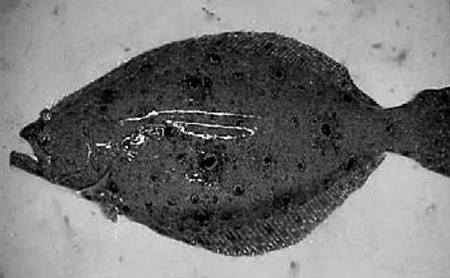
Intelligence
Broodstock management of summer and southern flounder
Along the eastern U.S., two highvalue flatfish species – summer flounder and southern flounder – are top candidates for commercial grow-out.
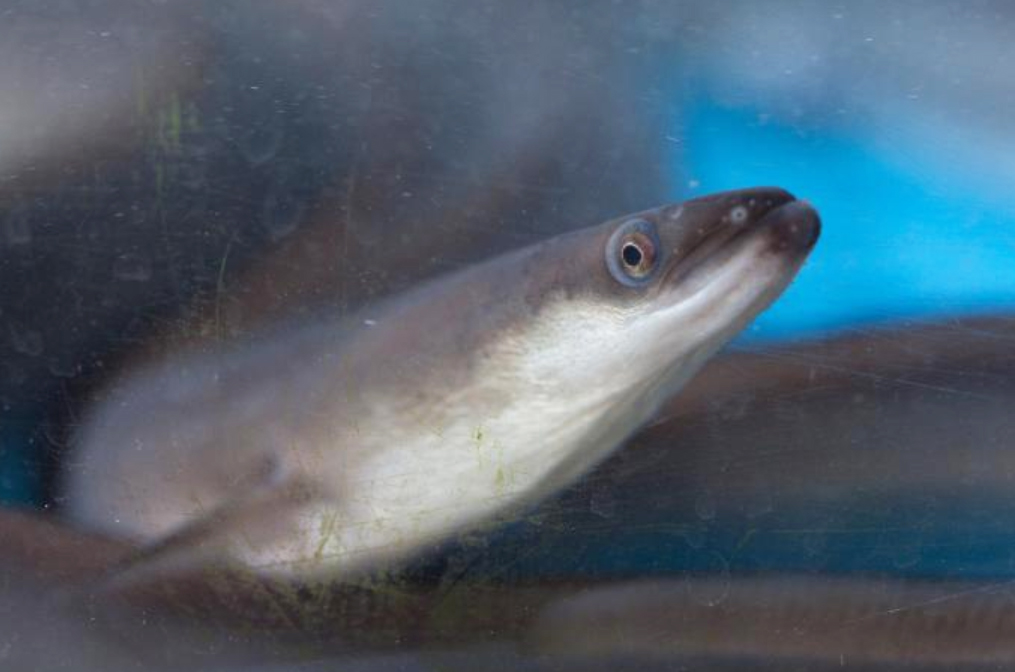
Health & Welfare
Trans-omics evaluation of cultured and wild female Japanese eels
Trans-omics analysis was used to evaluate the differences between cultured and wild female Japanese eels, and possible causes of the ovulation problems frequently seen in cultured females.
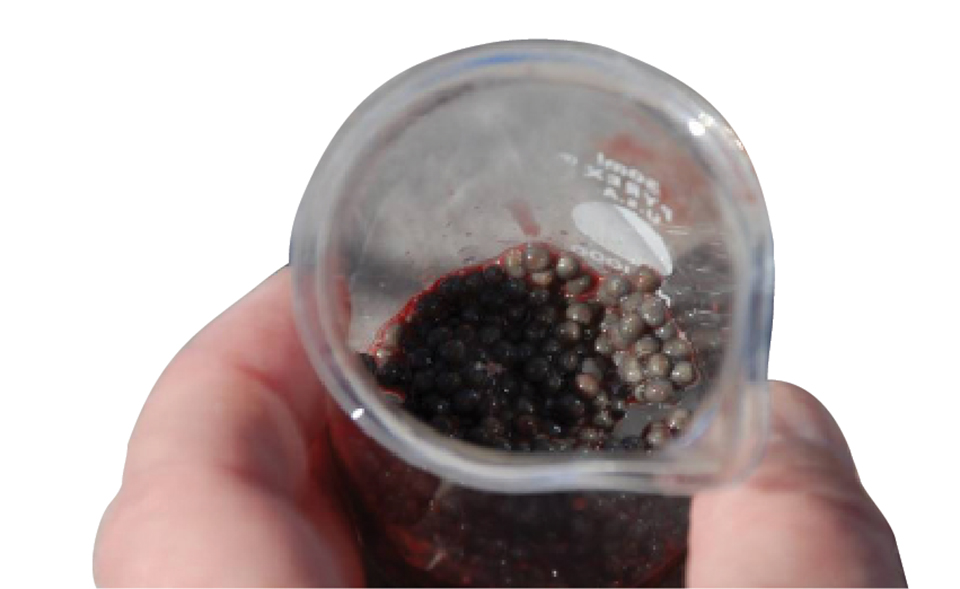
Health & Welfare
Ultrasound helps stage sturgeons for caviar production
Biopsies and polarization index measurements of mature sturgeons are highly variable and not always accurate in indicating egg maturity. Ultrasonic imaging offers a simple, less time-consuming and reliable alternative for evaluating sturgeons’ sex and oocyte maturity.
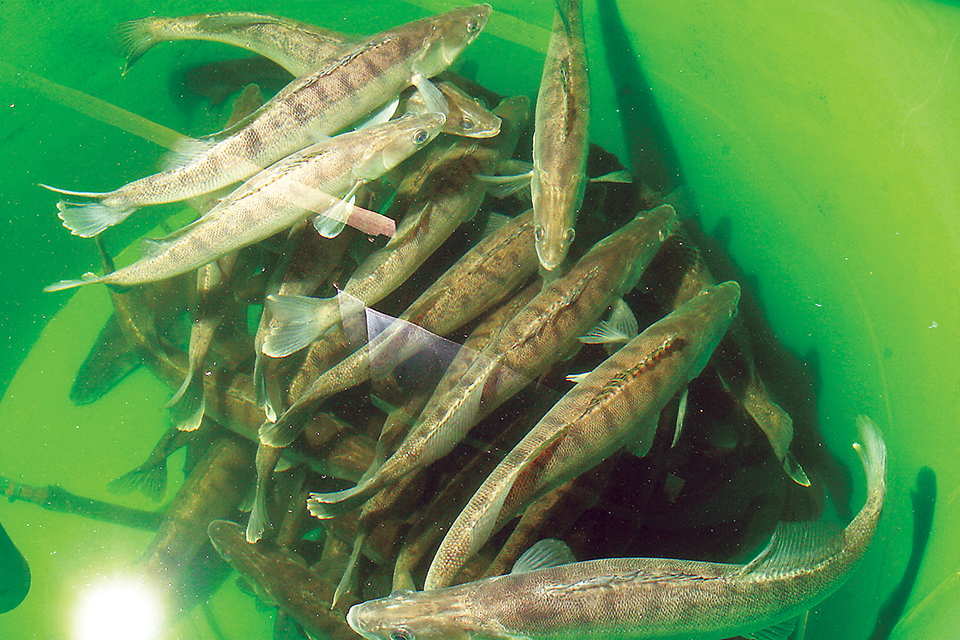
Health & Welfare
Out-of-season spawning for pike perch
The authors induced out-of-season spawning in pike perch reared under natural and artificial temperature and illumination regimes.



